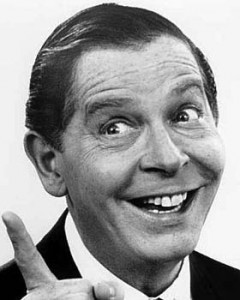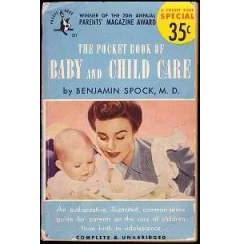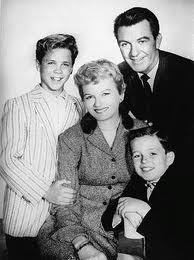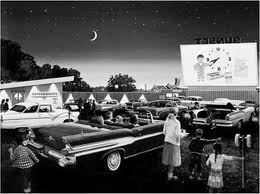The Baby Boomers created seismic shifts in American culture and economics throughout their lives. Their mere numbers caused much of the shift, but their competitiveness and commonality enhanced the impact at every stage of their lives.
In the mid 1960’s, as we’ve seen, the Boomers delayed having children. Unlike every previous generation, they chose to work longer and accumulate, or at least spend more, wealth. The “trough” of birthrates was lowest between about 1968 and 1978. By the early 1980’s, the Boomers began their delayed child-bearing in earnest.
As the parents of Generation X, the Boomers didn’t suddenly  abandon their defining characteristics. They became competitive parents. Parenting became a performing art. Peer pressure made competitive parenting into a status symbol. They set out on the quest for ultimate child development.
abandon their defining characteristics. They became competitive parents. Parenting became a performing art. Peer pressure made competitive parenting into a status symbol. They set out on the quest for ultimate child development.
The Boomers had two ways possible to approach perfect parenting. The first way requires a huge commitment of time. Mom stays home, and Dad is home as much as humanly possible. You pour your time into giving attention to your children. You engage them in all household activities, such as gardening and cooking. You do their homework with them, and teach them how to play sports. You practice with them, and dedicate evenings and weekends to their development.
That road to perfect parenting doesn’t leave much space for dual career households seeking the upper reaches of the socio-economic ladder. You can’t work lots of overtime, bring work home, play golf with customers on weekends, or go out for career-enhancing social events if you are spending every spare minute delivering instruction and experience to your children.
As a smart, educated, and efficient parent the solution is obvious. You outsource all that stuff. Outsourcing traditional parenting chores served a dual purpose. It saved time for Boomer parents who were focused on career-building, and it created business opportunities for those who couldn’t, or wouldn’t, compete in climbing the traditional career ladder of corporate America.
Business model franchising was first established in the 1940’s, beginning with businesses that offered prepared food to replace 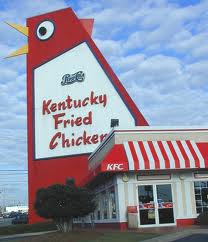 home-made meals. From 1975 (when the first Boomers turned 30) through 1986 the number of franchises sold in the US skyrocketed from about 2,000 to 22,000 annually. That number leveled off in 1986, and remains roughly constant through today.
home-made meals. From 1975 (when the first Boomers turned 30) through 1986 the number of franchises sold in the US skyrocketed from about 2,000 to 22,000 annually. That number leveled off in 1986, and remains roughly constant through today.
Competitive Boomer parents had an answer to their time constraints; one that still suited the drive to give their children the best of everything. Little League became merely the first step in sports development. If you were serious about supporting your child’s sporting prowess, you paid for year-round leagues, traveling teams and private coaches. The same logic justified martial arts classes, music teachers and tutors for school subjects.
At home, busy parent could “buy” time by outsourcing not only cooking, but house cleaning, laundry, yard maintenance and repairs. “Do it yourself” faded as a point of pride, replaced by hiring an expert to do it better.
The explosion of franchising was fueled by the rising tide of Boomers serving Boomers. They provided both the service providers and the consumers who paid for those services. By the 1980’s, the portion of the US Gross Domestic Product from services had risen to over 70%.
For franchisors and their franchisees, the model fit Boomer ambitions beautifully. Once established, franchisors had a ready market of hard-working ownership prospects. Many, and probably most franchises are driven by the personal efforts of the franchisee. He or she often opens the business, closes it, and delivers or supervises the delivery of most of the services.
Franchisors are relieved of the expensive, time-consuming roles of motivating employees and managing the day-to-day operations. They don’t need to set sales goals or create growth incentives; Boomer owners do that all by themselves.
 What happens when franchisors run out of middle-aged Boomers to buy and drive their growth? The youngest Boomers are now entering their 50s, and are no longer prime candidates for start-up ventures. The oldest Boomers are rapidly (at a rate of 1,000 every 8 minutes) moving out of their peak outsourcing consumption years.
What happens when franchisors run out of middle-aged Boomers to buy and drive their growth? The youngest Boomers are now entering their 50s, and are no longer prime candidates for start-up ventures. The oldest Boomers are rapidly (at a rate of 1,000 every 8 minutes) moving out of their peak outsourcing consumption years.
On August 6, 2011, Standard and Poors Sovereign Credit Rating Unit downgraded America’s debt rating from AAA to AA+. The next day the head of the unit, David T. Beers, was asked in an interview to estimate when the top rating might be restored. He replied, “What Americans have to understand is that this country reached its demographic peak ten years ago.”
“Awake at 2 o’clock is a weekly column for business owners. This series has been examining the impact of the Baby Boom generation on cultural shifts and the economy of the United States, in order to build the base for the rest of the discussion to come.
What will happen to the millions of Boomer-owned businesses when it is time to hand them off to a generation that is smaller, has very different values, and has far more options? Our next column will begin examining those buyers- Generation X.
(This is the fifth installment in a series about “Beating the Boomer Bust.” Previous installments are The Approaching Tidal Wave, The Pig in the Python, The Brass Ring and Work-Life Balance.)
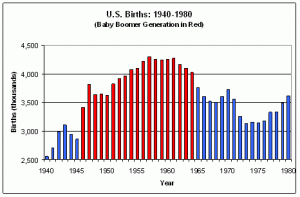


 for admission into the better universities; and then competed fiercely for jobs when they graduated. Once employed, they were part of a glut of other qualified Boomers; roughly the same age, and with similar qualifications. The brass ring went to the ones that worked hardest, longest and smartest. An entire generation accepted competition as a way of life. It was a numerical inevitability.
for admission into the better universities; and then competed fiercely for jobs when they graduated. Once employed, they were part of a glut of other qualified Boomers; roughly the same age, and with similar qualifications. The brass ring went to the ones that worked hardest, longest and smartest. An entire generation accepted competition as a way of life. It was a numerical inevitability.